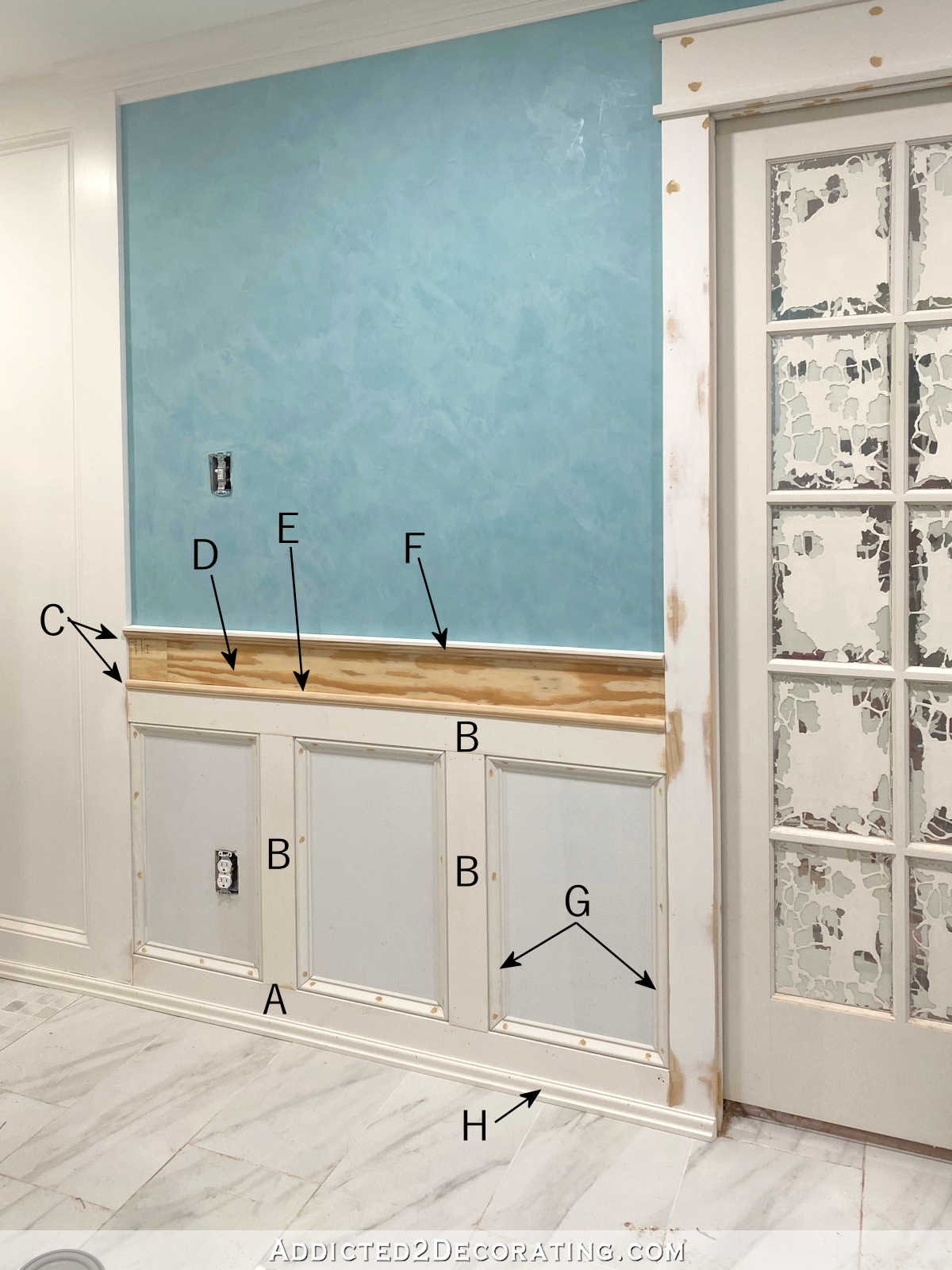[ad_1]

This week, I’m talking to Jim Peterson, founder of The Concrete Network.
Jim started this online resource for homeowners in 1999. It provides useful and easy-to-understand concrete information to millions of people every year, and also connects homeowners to local contractors.
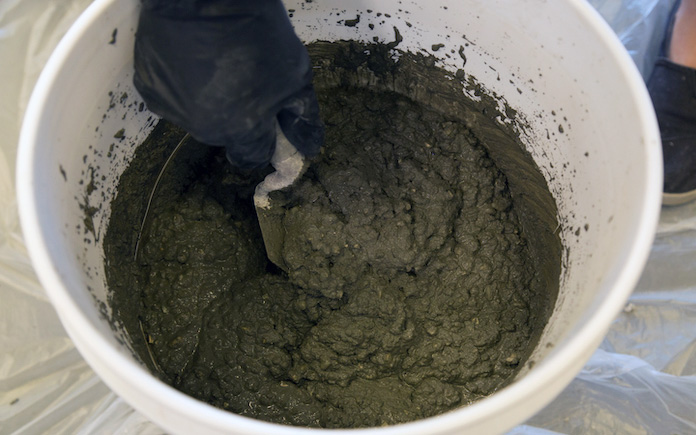
Concrete Basics
What is concrete, and how is it created?
Jim: Concrete is a combination of four things: sand, cement, gravel and water. These are put together in certain proportions, depending on what the project needs. This is done at the ready-mix plant so the homeowner doesn’t worry about getting the right amounts.
It’s often called cement, which is incorrect. Cement is only part of concrete.
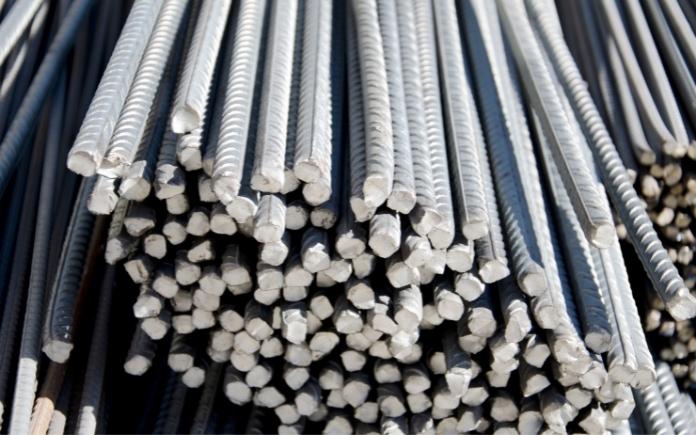
Rebar vs. Fiber Mesh
Which would you use for a concrete slab: steel reinforcement wire or mesh?
Jim: At my house, or if I’m recommending to a friend, I would use #3 bars at 18 inches on the center.
Wire mesh ends up being stepped on by the placing crew, and dug into the sand, so it’s not in the concrete too often. When they test concrete, they’ll often see the mesh is on the bottom, so it did no good.
Fiber mesh has some finishing issues and won’t provide the strength of steel bars.
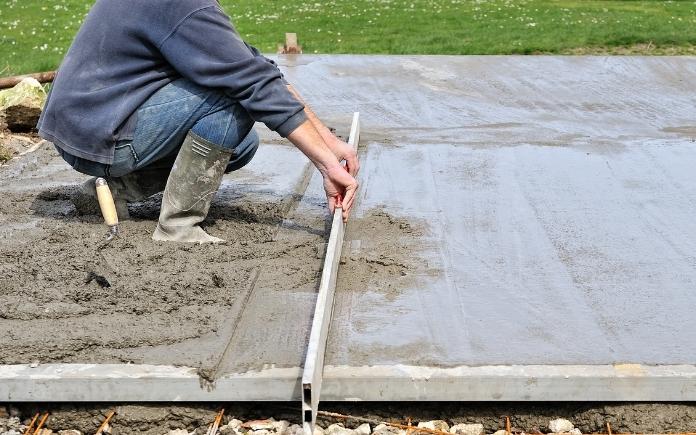
Advice on Concrete Slabs
Jim: Concrete can be forever — a 40-, 50- or 60-year or more product, so it’s one best to be done right. That’s why so many people hire a contractor to pour a concrete slab. It’s just not something you want to toy with. You can find a contractor near you by searching on The Concrete Network’s website.
It’s not a bad idea to have an expansion joint or a joint map made of the pour to share with the contractor and make sure the person cutting the concrete makes those cuts.
Cuts can go under walls and off of edges to make the job a lot cleaner.
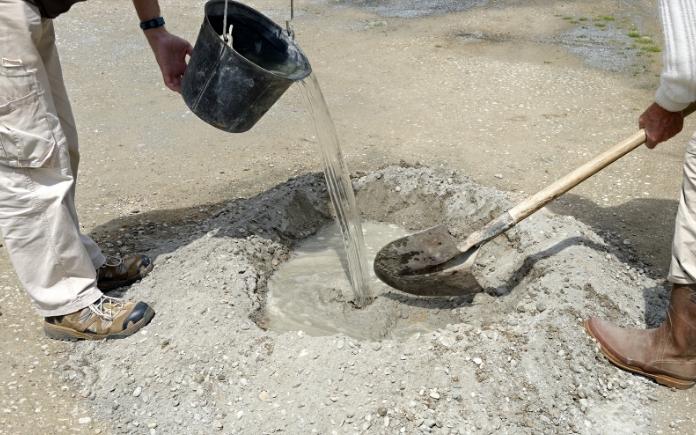
Water Content
Is it important to limit the amount of water added to the concrete on the job? It seems to weaken the mix.
Jim: Yes, it does. What happens is the water rises to the top and when the concrete is finished, the top layer is going to be weakened and there will be all sorts of problems.
Each mix has a water-to-cement ratio, and that should be kept to minimum amounts of water added on the job, if any.
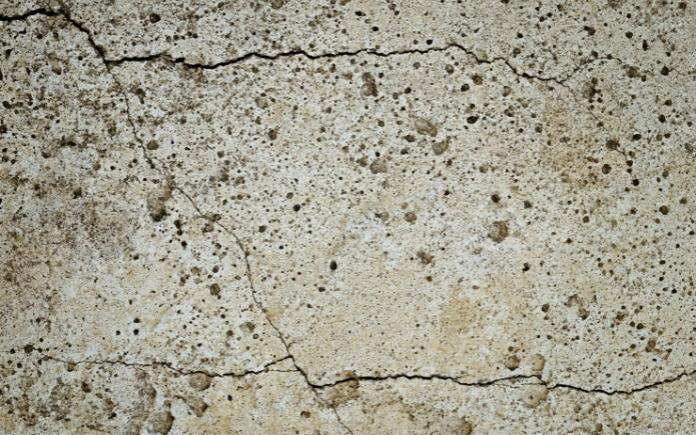
Surface Damage
What would you recommend for surface damage, like salt damage or gouges? Especially with the challenge of having a patch that blends in.
Jim: I’ll give you the notorious answer: It depends.
First of all, how visible is the area? A lot of time, the patch will look a lot worse than what it was trying to cure.
If the concrete is heaving, that’s a whole different ball game. Any patch is probably not going to stay, it’s going to come loose as the concrete continues to heave.
If it’s an important area, you might need to tear out and replace the concrete, which is a worst-case scenario.
Also, you can sand or grind the surface a bit and do an overlay topping, and it gives you a new surface to work with, as long as the concrete isn’t heaving.
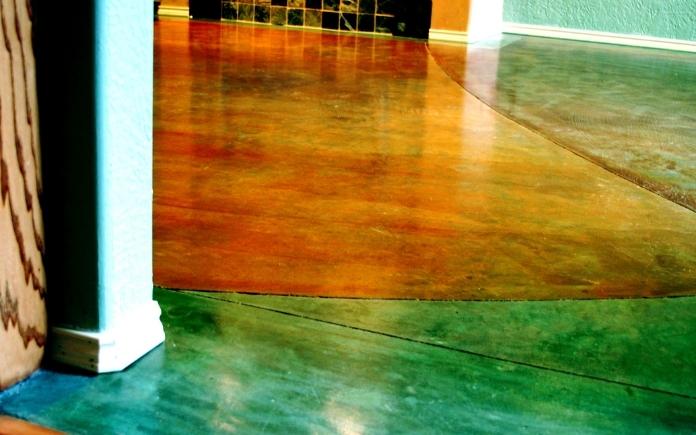
Stained Concrete
We used to see acid-stained slabs all the time inside homes. Do you still see this as a strong trend?
Jim: It’s still popular, and that’s not just my opinion. We get a lot of traffic on The Concrete Network about staining concrete, so that’s sort of a voting machine.
There are two ways to achieve it.
Some people like the look of tile. So, say a homeowner pulls up a tile floor and they can see the outline of the tile from where the glue was. You can prep the surface, stain it, and you can still see the outline of the tile for an industrial look.
If they don’t like that look, they might do a micro-topping. This is preparing the surface, putting on a topping and then staining that new surface, which gives a brand new look.
One thing to consider is the noise requirement with the concrete. It can be louder in the room, so sometimes people will add on noise buffer carpet on the ceiling and walls.
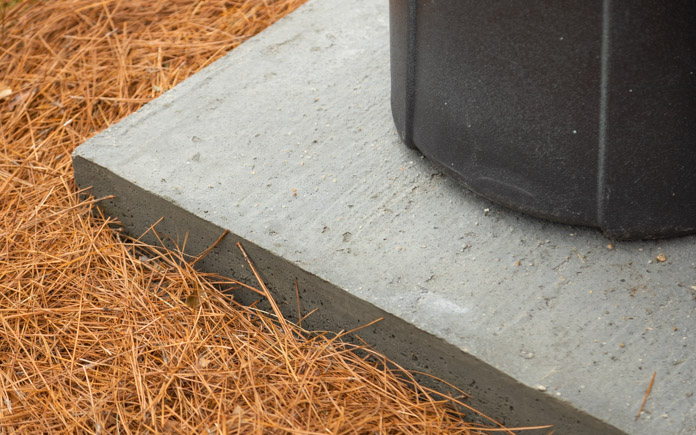
Small Concrete Projects
What’s your advice for someone considering a small concrete project?
Jim: If you have a very small project and you’re up for it, there’s no reason you can’t do a garbage can pad, A/C pad or a small stoop in the backyard.
Just get a few bags of concrete from The Home Depot and mix it up and pour it. With a little bit of energy, some light research on The Concrete Network, and watching a few videos, your project should come out fine.
I want to emphasize: With small projects like these, a concrete contractor would probably not respond to you anyway, so DIY is the way to go.
Further Reading
Ask a Question! (Podcast)
Ask a question and we could answer it on the “Today’s Homeowner Podcast!” We also may use it on our nationally syndicated radio broadcast or on todayshomeowner.com.
[ad_2]
Source link










